News & Blogs
In this blog, we touch on diverse topics about Japanese food cultures, practices together with the culinary secret, TREHA®, and its important role in the Japanese food industry. We hope our blog helps you obtain in-depth knowledge of Japanese cuisine and the science behind it, which is hard to find elsewhere.
Today, Team TREHA®’s localization specialist, Mari, shares her knowledge as a sake sommelier about the seasonal treat Hiyaoroshi inspired by her fond memories of Izakaya.
A song in praise of Izakaya
When I was living as a young business person in Okayama, Japan, there was a small family-owned Izakaya (居酒屋: equivalent to Spanish tapas or British pubs) near my work, which served seasonal fish and local sake by glass. Soon after my friend discovered the place, we became regular guests since the pricing range perfectly fit within our budget. Oftentimes, I visited all by myself. The shop offered a comfortable space where I could take a breather without being overly tended or neglected. I remember the shop’s shelves were packed with numbers of sake bottles with colorful labels. It was a humble establishment but was constantly busy with happy customers including myself. The owner of the Izakaya was excellent at pairing. I was impressed with his recommendation of appetizers on small plates and sake to taste with them. Autumn is my favorite season to visit the Izakaya because of seasonal delicacies and the new sake of the year, Hiyaoroshi (ひやおろし).
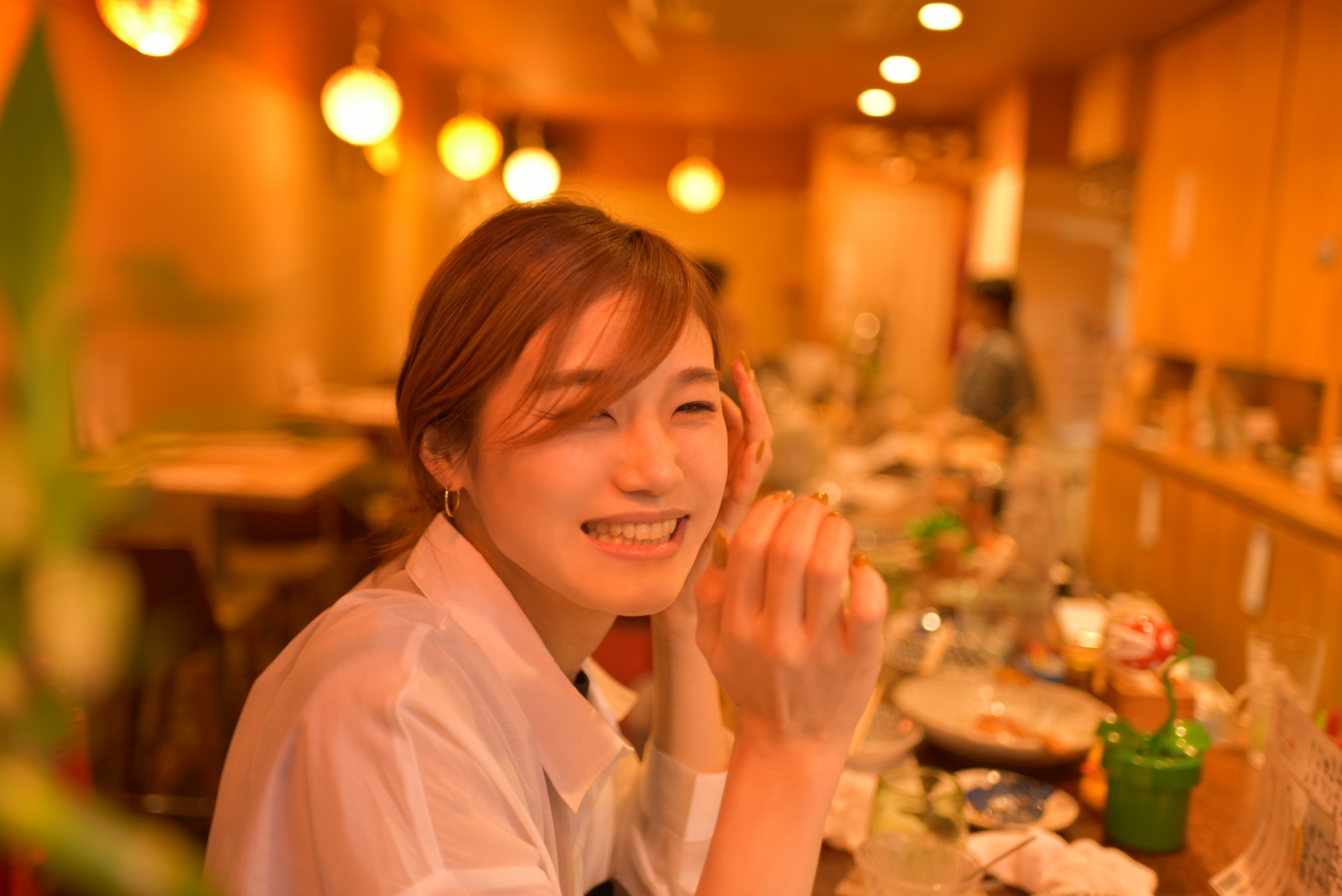
My journey to becoming a sake sommelier (唎酒師 kikisake-shi)
Since I moved to the US, I have been busy adapting to a new life. Even during my annual visits to Japan, I spent most of the time with my family and friends outside of Izakaya until my casual visit right before taking a train trip, which I ended up remembering better than the trip itself. The fond memories from my 20s vividly came back and ignited my desire to deepen my knowledge in Japanese food culture and sake. My instant gratification was to be a sake sommelier certified by Sake Service Institute (SSI). I learned a wide range of topics about sake including its history, varieties, manufacturing methods, tastings, and sales promotions. It took over a year to be fully certified as I opted for remote learning. The basics of managing the hospitality business was a nice bonus content.
It has been ages since I studied using a pencil and paper. On top of it, while living in a world where a digital option is available for almost anything, the handwritten notes appear to be precious proof of my work, which still makes me smile wryly every time I look at them. I marked 96 points out of 100 for “knowledge", 98 points for “promotional skills” and 85 points for “tasting skills”. Although they are all passing grades, I reluctantly admit that my knowledge is based on book smarts, lacking on-the-job training. Once in a while, I talk to myself, "I am just on a learning curve, requiring to try a lot of sake, which I don’t mind at all. The skills will be acquired with time... “
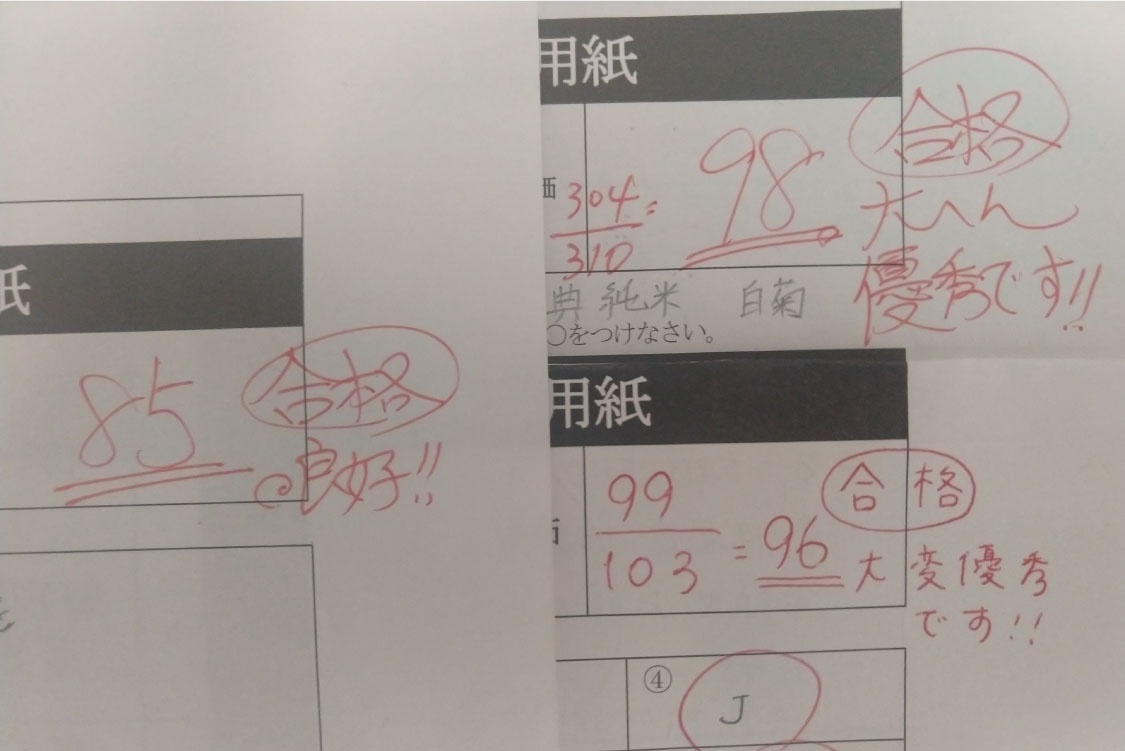
Hiyaoroshi, the anticipated seasonal treat
Although sake can be enjoyed throughout the year, it becomes a seasonal treat as well. Hiyaoroshi, which hits the retail stores at the beginning of autumn, is positioned as an autumn treat only available for 3 months from September to November. Hiyaoroshi goes through only one pasteurization in comparison to regular sake going through two pasteurizations to store at room temperature. This one-time pasteurization happens right after sake is brewed. This process stops the enzymatic activity generated by hi-ochi lactic acid bacteria, which significantly deteriorates the flavor of sake and causes cloudiness. Meanwhile, good bacteria which produce an aroma and depth continue to actively define the taste. Subsequently, Hiyaoroshi is stored away in a tank or wooden barrel during the summer for maturing. When the sake temperature becomes equivalent to the temperature outside, Hiyaoroshi is ready to be embraced by an anticipating audience.
The word Hiyaoroshi is a combined word of “hiya” meaning cold and “orosu” have double meanings that are “wholesale” and “taking out an item from storage”, which describes this seasonal treat accurately. Hiyaoroshi is also called Akiagari meaning “completed in autumn”. Over the summer, this special sake becomes rounder and deeper while maintaining the freshness of new production. I saw an online article comparing the release of Hiyaoroshi to Beaujolais Nouveau. Certainly, they have something in common as far as they are new production of the year and seasonal treats.
If a human development analogy is used for sake, freshly brewed sake called “Nama” sake is a bubbly (Yes, nama sake is bubbly!) and unexpectedly amusing "toddler", whereas Hiyaoroshi is a "teenager" who begins to define his or her own personality, intrigued by a glimpse of
adulthood. Either example presents fragile beauty for a limited time window that never opens again.
During the three months from September to November, Hiyaoroshi changes its taste while maturing. Even coming from the same brewery, Hiyaoroshi may taste different between September and November and it is perfectly natural and appropriate. As a matter of fact, that is exactly what sake enthusiasts are looking for. It is known that Hiyaoroshi is extremely compatible with traditional Japanese delicacies available in the harvesting season. I found the three phases of Hiyaoroshi taste profiles and pairing ideas at the website of the Japan Prestige Sake Association (Japanese), and below is the summary of the content I translated.
Phase 1: Early September
Taste Profile: Fresh and crisp. Maturing in progress.
Pairs with pacific saury (or baked fish with high-fat content), shiitake mushrooms, and chestnuts.
Phase 2: Late September through early October
Taste Profile: Maturing completed. Umami and aroma noticeably increased.
Pairs with ginkgo nuts, taro, bonito, Matsutake mushrooms, Shishamo, and persimmons
Phase 3: Late October
Taste Profile: Rich and fully ripened. Umami, sweetness, and viscosity are further enhanced. Can be served warm.
Pairs with salmon, salmon roe, yam, and items seasoned with soy sauce and miso.
As the popularity of sake grows, I recognize some liquor stores carrying Hiyaoroshi in North America. Please try Hiyaoroshi and evaluate it with your professional palate. Which pairing ideas can you come up with to complement the taste of autumn in North America? I would love to hear your opinions.
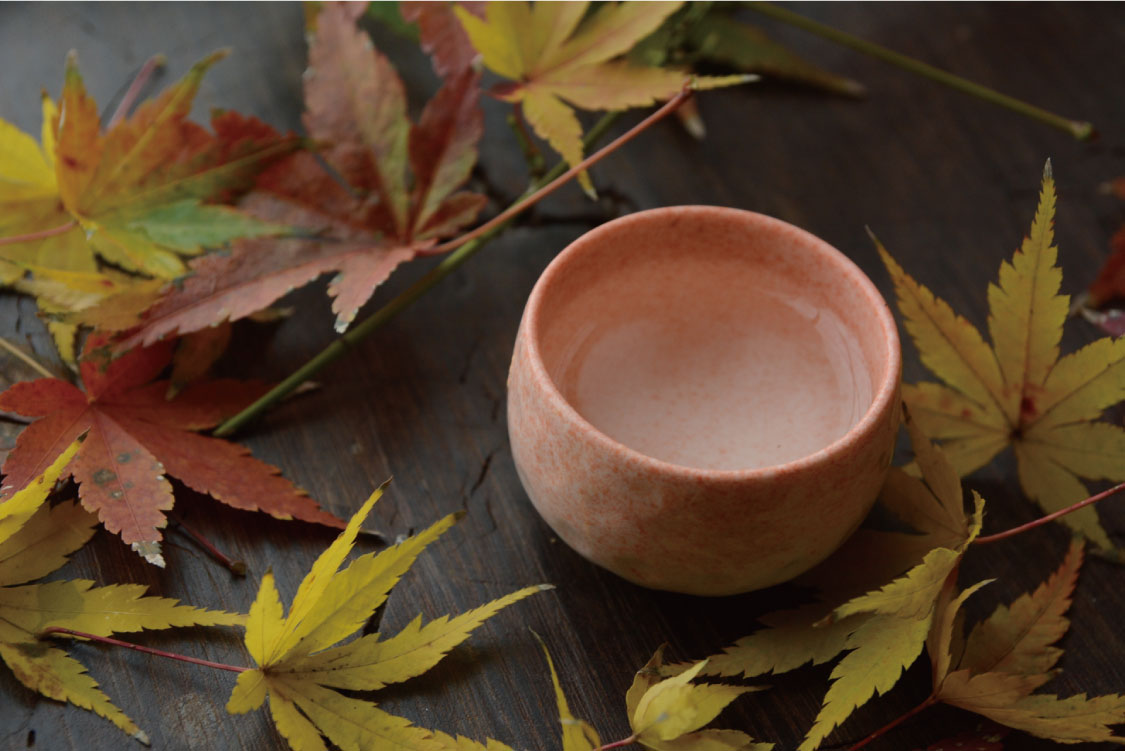
Welcome to the imaginary Izakaya tour
Going back to my favorite Izakaya, why don’t I give you an imaginary tour? As I explained, it was a humble establishment. Be careful not to miss it because you might think it is a small retail store that has nothing to do with dining. Now you successfully spot the place. Congratulations! Your experience starts with lifting the calligraphed curtain hung in front of the sliding doors. When the humble wooden door is slid open, you are stepping into a world with colors, tasty smells, chatters of happy customers and warm air. Your first sight is the dozens of huge porcelain bowls filled with appetizers covering the entire counter top. You might feel a little disoriented even in the small shop entirely curated by the owner to represent his taste and philosophy for the food and drink he serves.
After you manage to sit yourself on the table or counter, a neatly rolled damp warm towel (or cold towel in the summertime) is handed to you by the cheerful and sweet owner’s wife. It is intended to wipe your hands. I understand the urge to wipe your face and wherever you want to feel clean, but I do recommend wiping your hands only. I saw some people going overboard wiping all over themselves disgusting other customers. Take a breath and relax. Then look around, you will find hundreds of handwritten paper strips attached on the walls. They are your menu. You can be easily overwhelmed by a lot of things around you by now. Ask me to learn about the menus with red circles on top, they are today’s specials that are guaranteed for its quality by the proud owner. Do not forget to take a look at the sake list closely. Most of the listings can be ordered by glass. You don’t want to miss out on seasonal sake with a limited availability. Let us start our feast!
The owner was excellent at pairing. I was impressed with his recommendation of appetizers on small plates. The small plate never failed to spark a joy when placed in front of me. The excitement was comparable to that of a beautifully garnished meal at a fine dining restaurant. As far as I remember, I never paid more than 2000 yen (about 18 US dollars) per visit, however, I was deeply satisfied. When I left the shop, I already started thinking about sake I want to try on my next visit.
As a closing remark, I am honored to be one of the contributors to this blog. I am also excited about the opportunity to share what I learned with Team TREHA®.
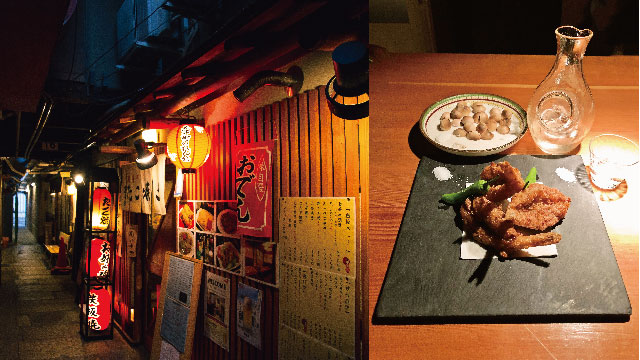
Did you find this blog interesting?
Please share it with your friends in the foodservice industry.
We regularly update the blog about the food culture of Japan, where TREHA® was discovered for culinary applications.
Click here and send us a message to subscribe.
Or hit us up on Instagram @trehalose_sensei!
You might also be interested in:
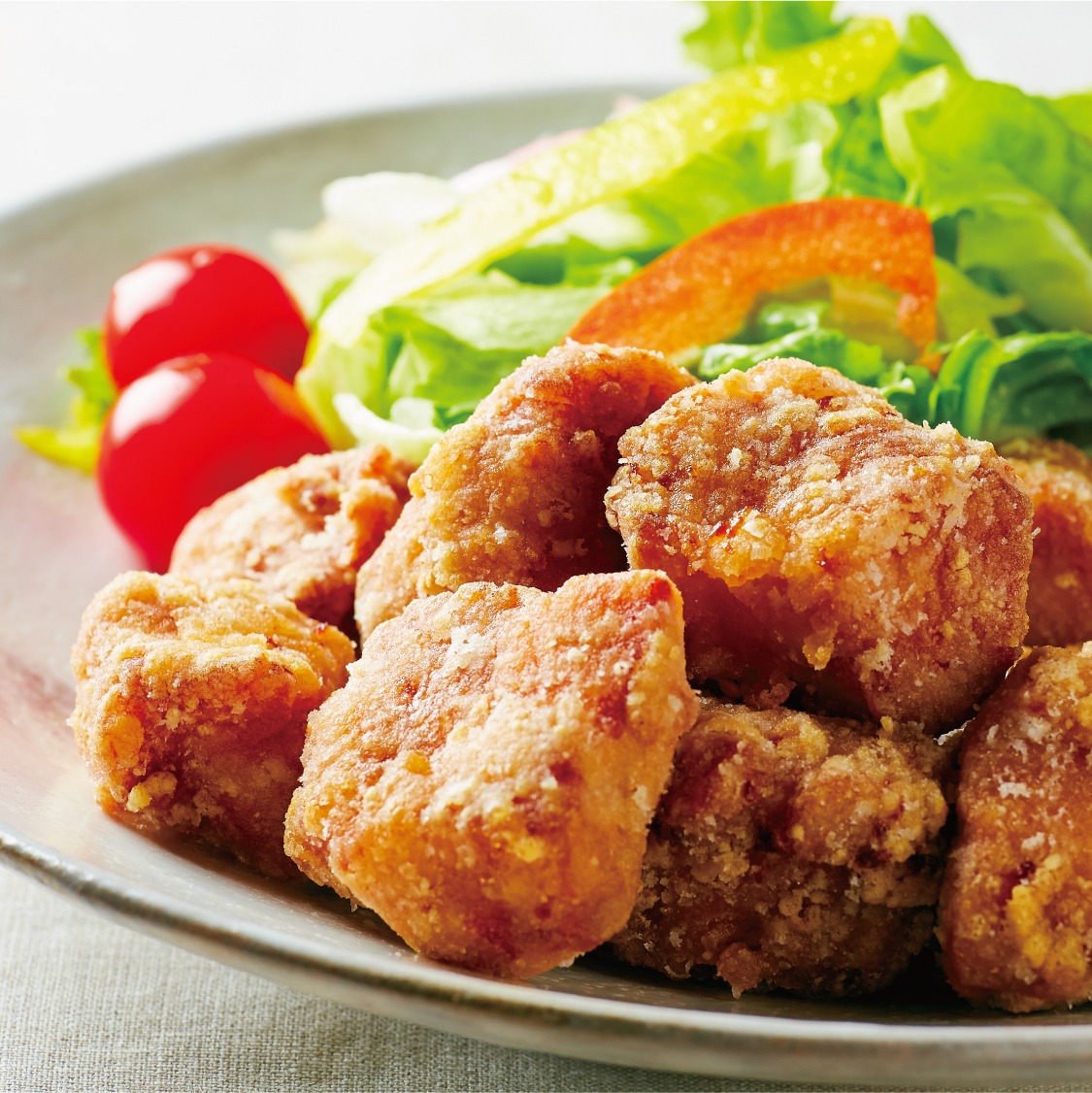
Recipe for Karaage (Japanese deep-fried chicken), one of the most popular menu items at izakaya.

